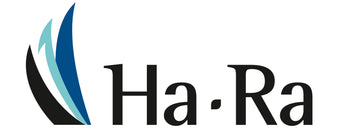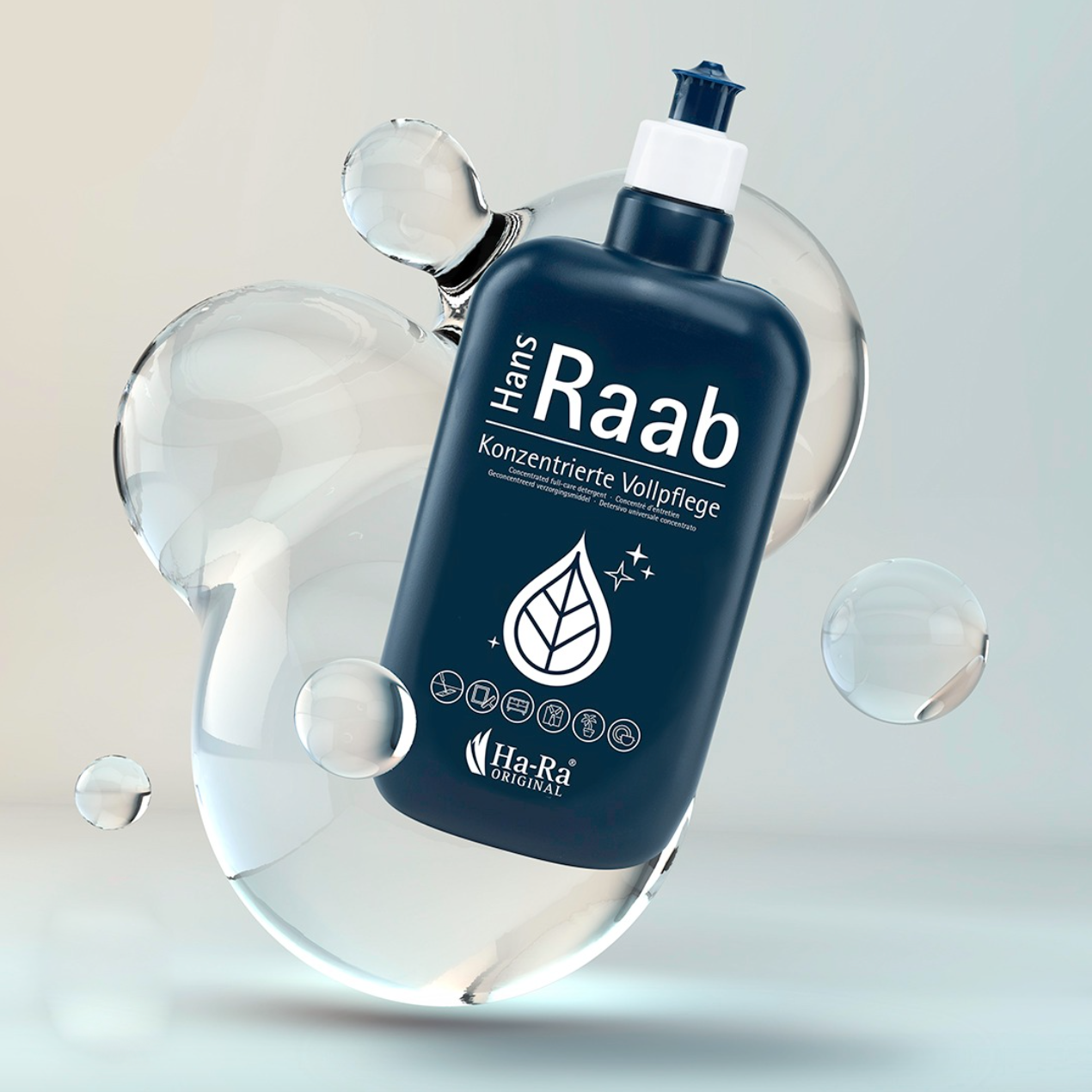Simple and quick: spring cleaning.
As the weather warms up many of us start thinking about spring cleaning. Whilst some of us may get a little excited at the idea there are many that look around, think it’s not that bad and say to themselves I’ll do it next year!
Over the coming weeks we will bring you some handy tips for spring cleaning that will help make it easy and maybe a little fun!
For those of you that think spring cleaning is a swear word we have done a little research around where this tradition originated so you can curse those that created it!
It has been suggested that the origins of spring cleaning date back to the Iranian Norouz, the Persian new year, which falls on the first day of spring[citation needed]. Iranians continue the practice of "khooneh tekouni" which literally means "shaking the house" just before the new year. Everything in the house is thoroughly cleaned, from the drapes to the furniture. A similar tradition is the Scottish "New Year's cleaning" on Hogmanay (December 31), a practice now also widespread in Ireland, New Zealand, and to North America.
Another possibility of the origin of spring cleaning can be traced to the ancient Jewish practice of thoroughly cleansing the home in anticipation of the spring-time memorial feast of Passover (Hebrew: פסח pesach). In remembrance of the Jews' hasty flight from Egypt following their captivity there, during the seven-day observance of the Passover memorial or remembrance, There are strict prohibitions against eating or drinking anything which may have been leavened or fermented with yeast (Exodus 12:15, 19). Jews are not only supposed to refrain from leavened foodstuffs (known in Hebrew as חמץ chametz), they are expressly commanded to rid their homes of even small remnants of chametz for the length of the holiday (Exodus 12:15). Therefore, observant Jews conducted a thorough "spring cleaning" of the house, followed by a traditional hunt for chametz crumbs by candlelight (called bedikat chametz [Hebrew: בדיקת חמץ]) on the evening before the holiday begins.
In North America and northern Europe, the custom found an especially practical value due to those regions' continental and wet climates. During the 19th century in America, prior to the advent of the vacuum cleaner, March was often the best time for dusting because it was getting warm enough to open windows and doors (but not warm enough for insects to be a problem), and the high winds could carry the dust out of the house. For the same reason, modern rural households often use the month of March for cleaning projects involving the use of chemical products which generate fumes.
Source : http://en.wikipedia.org/wiki/Spring_cleaning







